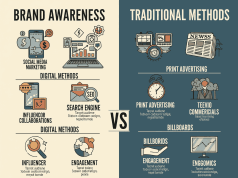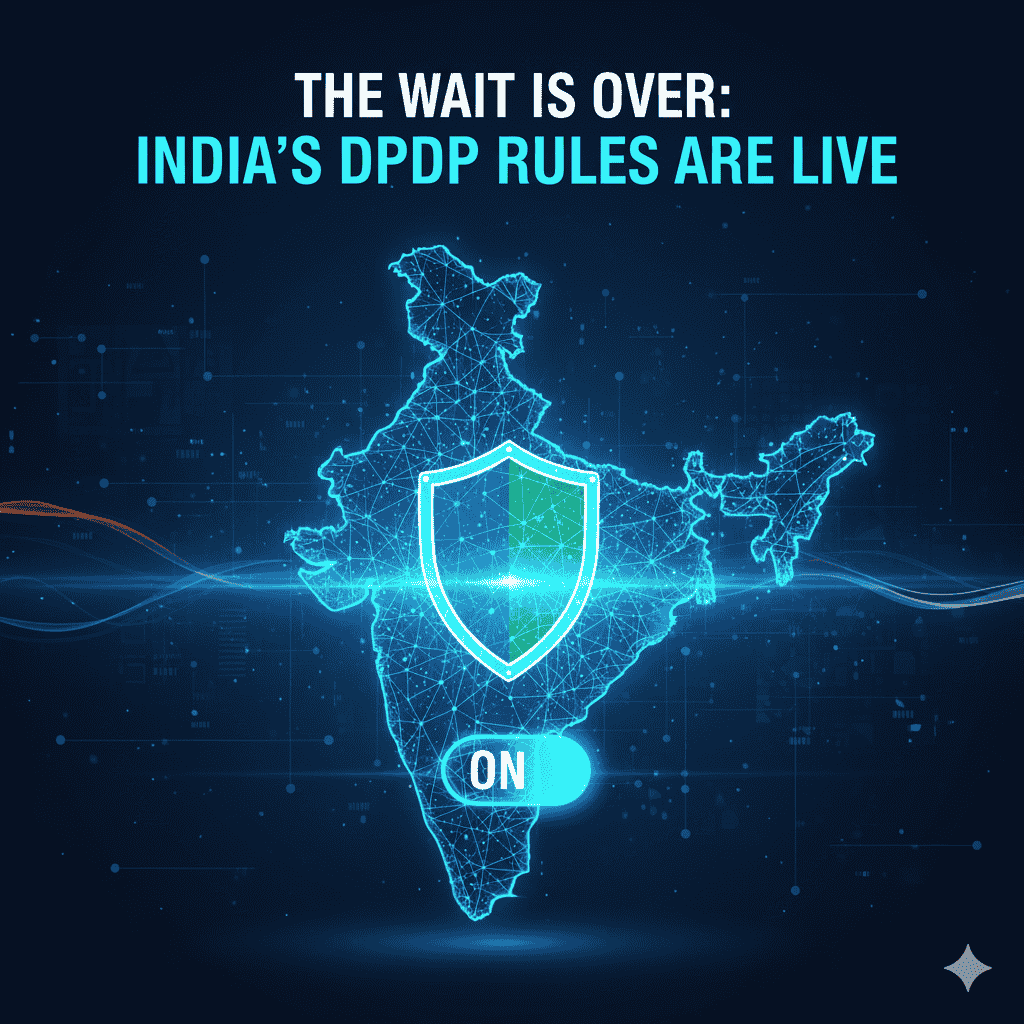In today’s digital marketing landscape, data-driven decision-making has become essential for businesses looking to maximize their advertising efforts. With over 2.8 billion active users, Facebook offers unparalleled opportunities for brands to engage their target audience. However, capitalizing on this platform requires a keen understanding of ad performance metrics. In this article, we’ll explore how to analyze your Facebook ad performance to make informed, data-driven decisions.
Understanding Facebook Ad Metrics
Facebook provides a robust analytics dashboard that tracks various metrics to help you gauge the performance of your ads. Here are some key metrics to focus on:
- Impressions
What it is: The number of times your ad was displayed to users.
Why it matters: High impressions indicate visibility, but they don’t guarantee engagement. - ClicksWhat it is: The number of times users clicked on your ad.
Why it matters: Clicks are essential for measuring engagement and interest in your offer. - Click-Through Rate (CTR)
What it is: The percentage of impressions that resulted in a click (Clicks ÷ Impressions x 100).
Why it matters: A higher CTR suggests effective ad copy and targeting. - Conversion Rate
What it is: The percentage of visitors who completed the desired action (e.g., signing up, making a purchase) after clicking on the ad.
Why it matters: This metric shows the effectiveness of your funnel and the ad’s alignment with your landing page. - Cost Per Action (CPA)
What it is: How much you pay for each desired action (Total Spent ÷ Total Conversions).
Why it matters: Understanding your CPA helps you evaluate the return on your advertising investment. - Engagement Rate
What it is: The total interactions (likes, shares, comments) your ad receives relative to the impressions.
Why it matters: High engagement indicates that your ad resonates with your audience.
Analyzing Performance Data
Once you’ve collected data on your Facebook ads, the next step is analysis. Here’s how to effectively analyze the data:
1. Set Clear Goals
Before diving into the metrics, it’s crucial to clarify what success looks like. Are you focusing on brand awareness, lead generation, or conversions? Your goals will guide your analysis.
2. Segment Your Audience
Use Facebook’s audience insights to dissect your audience. Analyze performance by demographics (age, gender, location) and interests. This segmentation allows you to identify which audiences are responding positively and which need adjustment.
3. A/B Testing
Conduct A/B tests to learn what works best. By creating multiple versions of an ad (varying headlines, images, CTA buttons), you can identify the elements that yield the highest engagement and conversion rates.
4. Optimize Ad Spend
Allocate your budget based on performance. If specific ads or audiences are yielding a lower CPA, shift resources to those areas. Conversely, pause or adjust underperforming ads to improve overall ROI.
5. Monitor Competitor Performance
Keep an eye on your competitors’ ads using tools like Facebook Ad Library. Analyzing their strategies can provide insights into industry trends and inspire your campaigns.
Making Data-Driven Decisions
Once you have analyzed the data, it’s time to implement strategic changes based on your findings:
1. Refine Targeting
Use your audience insights and engagement metrics to fine-tune your targeting options. Narrow your audience to those segments that demonstrate the highest engagement.
2. Adjust Creative Content
If certain ads underperform, reconsider the copy, imagery, and calls to action. Ensure that your visuals and messaging are aligned with your brand identity and resonate with your target audience.
3. Monitor and Adapt
Facebook ads are not a set-it-and-forget-it strategy. Regularly check your performance metrics and be prepared to adapt your approach. Continuous monitoring allows you to stay responsive to audience behavior and market trends.
4. Leverage Retargeting
Use retargeting strategies to reconnect with users who engaged with your ads but didn’t convert. Tailor your messaging to remind them of your offerings, thus increasing the chances of conversion.
Conclusion
Analyzing your Facebook ad performance is crucial for driving effective marketing results. By utilizing Facebook’s metrics, setting clear goals, and continually optimizing your campaigns based on data, you can make informed decisions that lead to better engagement, higher conversion rates, and ultimately, increased revenue. Remember, the world of digital marketing is ever-evolving; staying data-driven will keep you ahead of the competition and ensure that your advertising efforts deliver maximum impact.









